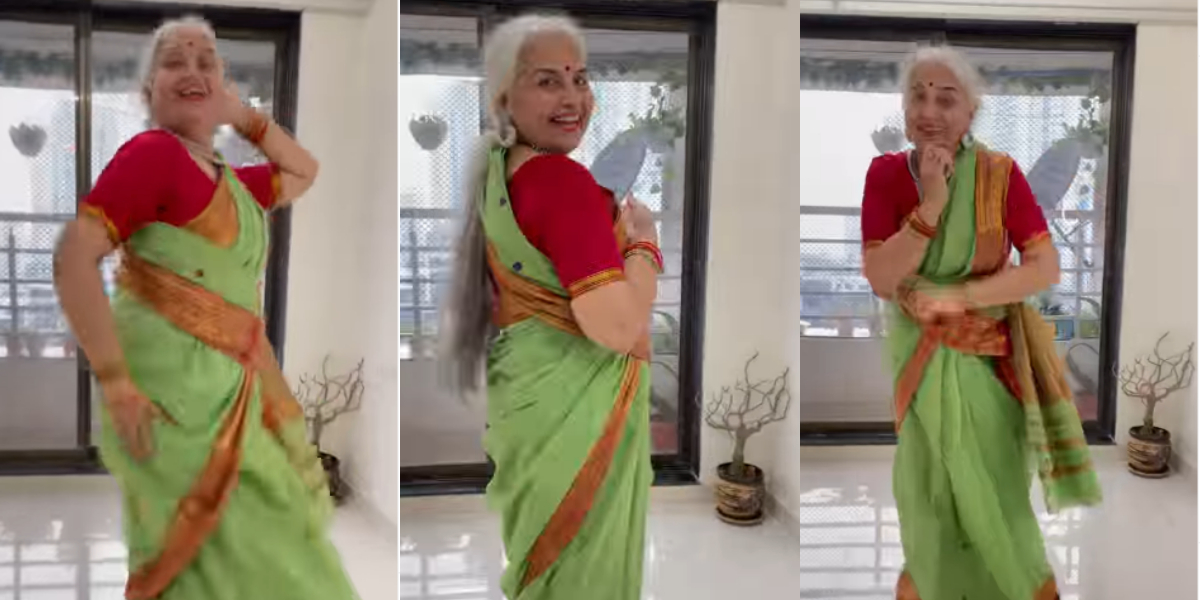Vicky dedicates ‘Zara Hatke Zara Bachke’ song to Katrina as she praises film

Mumbai, June 3: Bollywood actress Katrina Kaif turned out to be a cheerleader for husband Vicky Kaushal as she praised his latest release ‘Zara Hatke Zara Bachke’.
Taking to her Instagram Stories, Katrina shared a poster of the film featuring him and Sara Ali Khan. She wrote: “In cinemas now. Congratulations to the entire team, a film made with so much heart.”
Seeing the gesture, Vicky took to his Instagram and re-posted Katrina’s message. He also dedicated his film’s song ‘Phir Aur Kya Chahiye’ to his wife.
He wrote a line from the song: “Tu hai toh mujhe phir aur kya chahiye.”
Directed by Laxman Utekar, the film revolves around Kapil and Somya, a happily married couple from Indore who live in a joint family and decide to get divorced one fine day. Things don’t go as planned as their family gets to know of it, and thus begins a comedy of errors.






